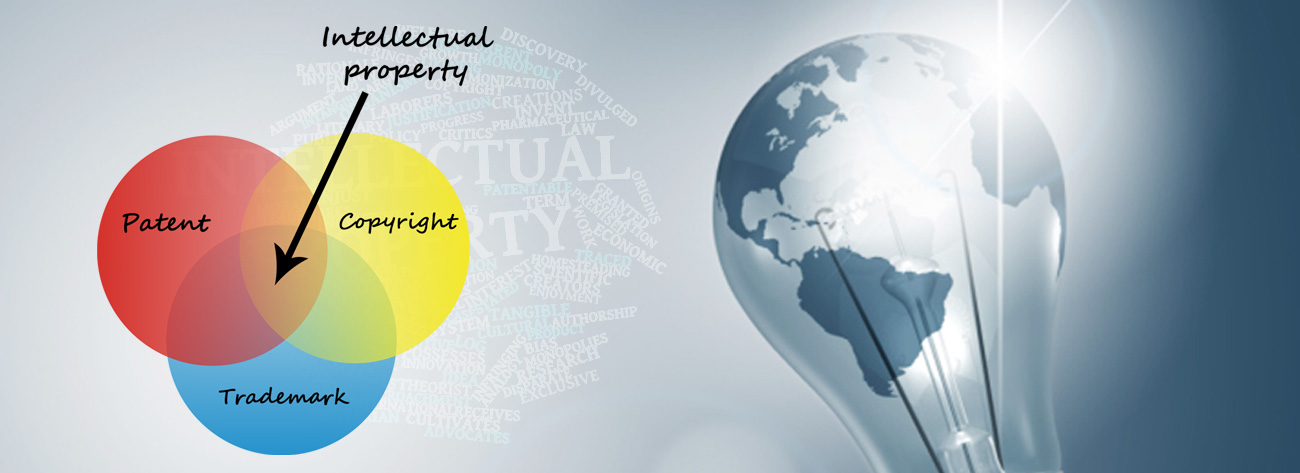Proper exploitation of your IP can add value to your business, generate revenue streams and give you a competitive advantage in negotiations. Some specific advantages are as follows:
• Securing Intellectual property embodies a monopoly feature thatentails commercial benefits by an entity for a particular area of business by exclusion of competitors. • Besides, a business entity with IP-secured products can strategically to help exploit the protected area of business with fellow competitors. • Again, a scope exists for selling the IP-secured productsthrough assigning of rights to another party through transfer. Thus,for an invention by an entity in an area without commercial interest, selling the same to another party having operable interest can optimally exploit the invention. • The existence of an IP security enable apt monitoring of the activities of competitors. Be it, granted patents or registered designs or registered trade mark, the technical and commercial scope of a competitor can be gauged accordingly. For example, in a granted patent the technical information indicate the area of technology that the competitor is about to introduce in the market and thereupon, the business viability of the products can be accordingly gauged. In the same line, registration of a new trade mark (or tag line) indicate the focus a new line of business or the focus of the corporate identity of a company. • From an indirect perspective, there are a couple of benefits of protecting IP.While in some countries tax sops are offered on accruedprofits from products sold that are secured through registration of appropriate intellectual property , in some other countries, the cost of securing these registered IP rights is miniscule vis-à-vis the gains made by the lower tax rate. • In some businesses, a registered IP rights of products allows the investors the requisite confidence to invest in the company. Furthermore, it acts as a strong indicator to shareholders that their share-holdings are being properly protected through securing of their products.



